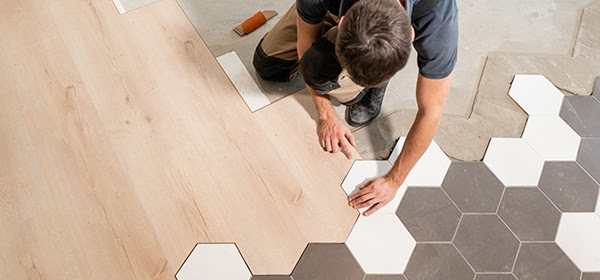Remodeling Stats and Spending Trends to Inform Your Improvement Plans
Posted by Nancy Macias-Morales
Visit My Blog
Sign in or sign up to leave a comment
|
||||
Sign in or sign up to leave a comment
Disclaimer: The views and opinions expressed in this blog are those of the author and do not necessarily reflect the official policy or position of the HRIS.
Advertisement
Nancy Macias-Morales’s Blog Archive




